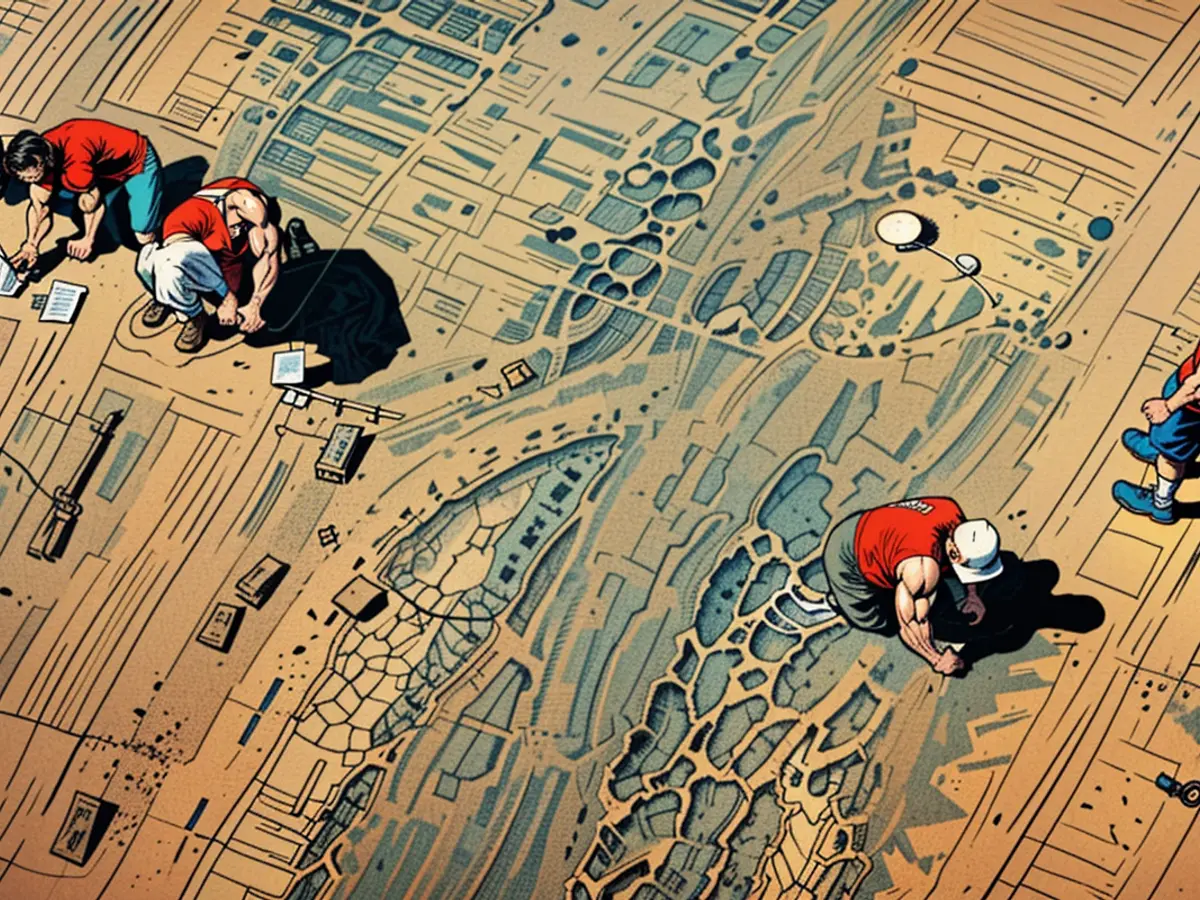- The first farming settlement in the Altmark discovered
Excavations prior to the construction of the highway have led archaeologists to discover a 7,000-year-old Stone Age settlement near Belkau, near Stendal. "So far, the typical house outlines of the first farmers have not been known in the Altmark, north of the loess border," said archaeologist and project coordinator Johanna Schüler. "This is a scientific sensation and turns our current knowledge about the Linear Pottery culture on its head - we previously assumed that the first farmers preferentially sought out loess soils," explained archaeologist and department head Susanne Friederich.
Loess was mainly formed during the last ice age until around 13,000 years ago. Wind distributed this material throughout Germany. As a parent substrate, loess forms the basis for the most favorable arable soils.
Settled on a small black earth area
The first farmers in the Altmark chose, according to archaeologists, a settlement site on black earth instead of loess soil. In the eastern Altmark, especially between Belkau and Osterburg, there are still small areas covered with black earth today. Black earth is topsoil colored with humus. Exactly such an island was chosen by the early farmers for their settlement at Belkau. So far, the outlines of four houses have been exposed.
It would have been a small hamlet of only 5,000 square meters of land area. The associated pottery shards were recovered from the characteristic accompanying longitudinal pits. The people at that time decorated their pottery with linear bands. Archaeologists therefore speak of the Linear Pottery culture.
Buildings were isolated
The house outlines found now are 6 to 7 meters wide and about 30 meters long. Along the outer walls, loamy soil was taken for wall insulation. "The settlers took clay from the subsoil to plaster the house walls," said excavation leader Mariola Raczkowska-Jones.
According to the archaeologists, these farmers settled permanently in the area and practiced agriculture as they were accustomed to from the Magdeburg Börde and other regions with excellent soils.
The excavations took place in advance of the new construction of the federal highway 14 between Stendal-Mitte and Osterburg. "In the course of the highway construction, we are dealing with landscapes that we previously did not know in detail," said Friederich. While there are occasional findings of early farmers' remains along major river courses, the evidence of a permanent settlement with large residential buildings was lacking - and was considered unlikely.
The discovery of the Stone Age settlement near Belkau challenges the previous assumptions about the Linear Pottery culture, as it suggests that the first farmers favored black earth areas over loess soils for settlement. This ancient settlement appeared to be a small hamlet, covering approximately 5,000 square meters of land.
The excavations led to the exposure of house outlines, with four houses identified so far, indicating a permanent settlement by the first farmers in the area.








